Disease management is necessary to protect yield potential in any crop. In corn, integrated disease management tactics include corn product selection, crop rotation, tillage and residue management, fertility, insect and weed control, and fungicide applications. Fungal leaf blights, stalk rots, and ear rots are the major categories of diseases affecting corn. For more information on factors that impact corn diseases and corn disease identification, please refer to Factors That Promote Corn Diseases and Corn Disease Calendar
Corn Product Selection
The first line of defense against corn diseases is genetic resistance, especially in corn-on-corn situations. Products are evaluated for tolerance to diseases that are common in a given geography. Corn products are rated for resistance relative to known susceptible and resistant products using a 1 (best) to 9 (worst) rating system (Table 1 and Figure 1). Your seed representative can help with selecting a product with appropriate levels of resistance or tolerance to specific diseases.
In corn-on-corn situations, opt for products with high yield potential, good resistance to leaf and stalk diseases, as well as good insect protection, and good emergence and seedling vigor traits. Diseases such as seedling blights, gray leaf spot, northern corn leaf blight, many common stalk and ear rots, and in some areas Goss’s wilt are all potentially more severe in corn-on-corn production. Many common foliar fungal diseases can also be effectively managed with timely fungicide applications.

 Figure 1. Corn infected with northern corn leaf blight at a disease severity rating of 5 (Moderate Infection, see Table 1)
Figure 1. Corn infected with northern corn leaf blight at a disease severity rating of 5 (Moderate Infection, see Table 1)
Crop Rotation and Residue Management
Many common corn diseases survive on infected corn residue. Crop rotation and tillage and residue management helps to naturally eradicate many pathogens from the soil, decreases inoculum levels, and helps reduce the risk of disease development. Surface residues also impact the soil environment (cooler soil temperatures, higher soil moisture), which can foster disease development.
Seed Treatment Fungicides
Seed treatment fungicides are a critical component of an integrated disease management strategy in corn. When corn is between germination and seedling establishment, protection against fungi that cause seed decay, seedling blight, and damping-off many be needed. Seed treatment fungicides provide good protection from these issues, particularly in cold, wet and/or compacted soils that are excessively dry. These environmental conditions can slow germination and emergence, leaving seeds and seedlings more susceptible to attack. The fungicides available in Acceleron® Seed Applied Solutions protect against the top three seedling diseases including Fusarium, Pythium, and Rhizoctonia solani, as well as Colletotrichum gramincola in ELITE offerings.
Acceleron® Seed Applied Solutions products also contain insecticides that protect against early season insect damage. These may contribute to seedling disease management by protecting against root feeding insects, which can create wounds for fungal infection.
Foliar Fungicides
Foliar fungicides are an important management option for fungal diseases. Plant health aspects such as photosynthetic capability, standability, and grain quality can all be impacted when fungal diseases become established. A properly timed foliar fungicide application may greatly improve overall plant health and help protect yield potential.
Disease development in corn around the tasseling stage of growth can result in yield loss, particularly if favorable environmental conditions support continued infection of leaves around and above the ear. Foliar diseases of corn are a concern when they develop early and progress up the plant before grain fill is complete. Some diseases to watch for include northern corn leaf blight (NCLB), gray leaf spot (GLS), rust, eyespot, tar spot, and Anthracnose leaf blight. There are several fungicides labeled for use in corn that can help manage several of the foliar fungal diseases. Fungicides are not effective on bacterial diseases.
Fungicides can work better at preventing rather than curing disease. Specifically, GLS lesions may take up to two weeks to become visible after infection. For that reason, scouting when weather conditions favor disease development is important. Begin scouting fields for foliar disease symptoms just before tasseling and continue through the grain filling stages of growth. Rapid grain filling occurs from R2 (blister) to late R5 (full dent). Examine the ear leaf and leaves above and below the ear at several locations throughout a field. If disease is present on a majority of the leaves, a fungicide application may be necessary (Figure 2).
 Figure 2. A properly timed fungicide application in corn can help protect yield potential.
Figure 2. A properly timed fungicide application in corn can help protect yield potential.
It is especially important to protect the ear leaf and those above it as corn plants enter reproductive stages of growth. Consider using a fungicide on corn products that are susceptible if disease is present on the 3rd leaf below the ear or higher on 50% of the plants examined.1
Sources:
1Bradley, C.A., Esker, P.D., Paul, P.A., and Robertson, A.E. 2010. Foliar fungicides for corn: targeting disease. University of Illinois, University of Wisconsin, Ohio State University and Iowa State University.
Wise KA, Smith D, Frije A, Mueller DS, Kandel Y, Allen T, et al. 2019. Meta-analysis of yield response of foliar-treated hybrid corn in the United States and Ontario, Canada. PLoSONE 14(6) e0217510. https://doi.org/10.1371/journal.pone.0217510
Wise, K. July 5, 2019. Time for foliar disease application discussions in corn. KYGrains.Info. http://kygrains.info.
Febuary 2019. Fungicide efficacy for control of corn diseases. CPN-2011-W. Crop Protection Network. http://cropprotectionnetwork.org.
Hershman, D.E., Vincelli, P., and Kaiser, C.A. 2011. Foliar fungicide use in corn and soybean. University of Kentucky. PPFS-GEN-12.
1010_S2



